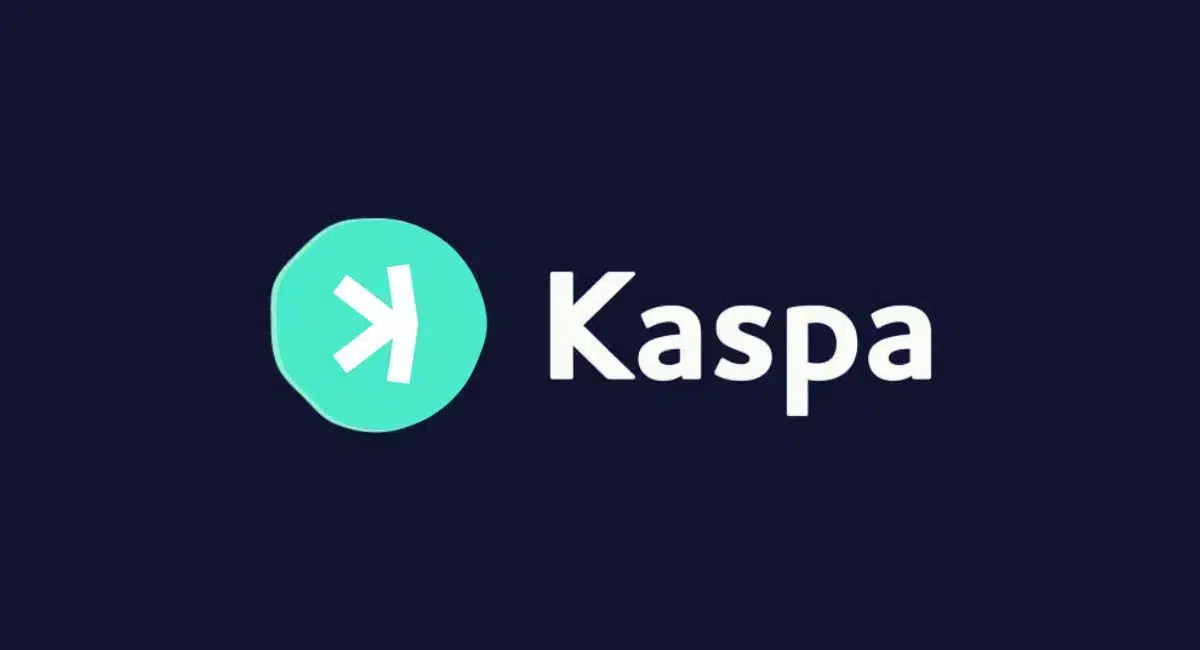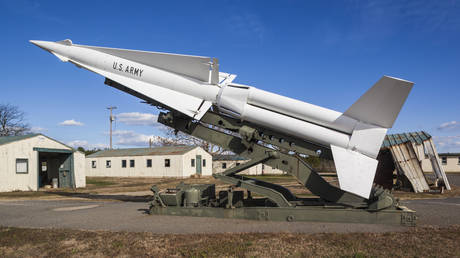ARTICLE AD BOX

- Crescendo v1.0.0 boosts block speed to 10 per second, redefining performance for a Proof-of-Work network.
- Core code rewritten in Rust, enabling smoother scaling, better performance, and easier app integration via WASM interface.
Kaspa has released the biggest network update in its history—the Crescendo v1.0.0 hard fork—and the effects are immediate. After going live on May 5, 2025, the network is now capable of producing 10 blocks per second. To put it in perspective, each block previously took 1 second, now it only takes 100 milliseconds.
This acceleration is not just a technological show-off; it is a major step towards Kaspa’s real-world adoption, including for daily transactions or even integration into large-scale applications.
It's live! pic.twitter.com/Vl9I8Rovad
— Kaspa (@KaspaCurrency) May 5, 2025
Kaspa Upgrades Its Core with GhostDAG and Highway-Like Efficiency
However, it’s not just about speed. Kaspa has also tweaked the “insides” of its protocol via GhostDAG. The K parameter, which was originally 18, has now been changed to 124—making the network more resilient to parallel block conflicts.
The number of parent blocks has also been expanded from 10 to 16, making transaction paths more flexible and wider. To put it another way, it’s like a multi-lane highway that has finally been widened—more cars can pass without getting stuck. And for node operators, there’s now a new feature: customizable data retention settings. Block data can be pruned in 30 hours, shorter than before, although of course, the effect depends on each setting.
New Codebase, AI Rivals, and a Major Token Unlock on the Horizon
On the other hand, it turns out that the launch of Crescendo is not the only maneuver Kaspa has made this year. Long before this hard fork went live, the development team had rewritten the entire Kaspa code from Golang to Rust. Imagine it’s like changing the foundation of a house while still living in it—it’s complicated, but the results can be much more solid.
With this new architecture, network performance is faster and remains decentralized. Not only that, a new WASM-based interface is also being prepared so that third-party wallets and applications can more easily “connect” to Kaspa nodes.
Furthermore, analysts highlight Kaspa as a project with great growth potential this year. Even in several reports, its name is mentioned along with Lightchain AI as a strong competitor to Filecoin. The difference is, Kaspa relies on blockDAG technology which makes parallel transaction processes a reality.
Meanwhile, Lightchain AI includes artificial intelligence in its application infrastructure. Two different approaches, but they have one thing in common: both promise scalability and efficiency.
Another important thing, on May 7, 2025, Kaspa is scheduled to unlock 144.64 million KAS tokens—equivalent to 0.55% of the total circulating supply.
Normally, such an event would trigger concerns about selling pressure. But analysts say this time the situation is different. The positive momentum from the Crescendo update seems strong enough to neutralize its potential impact.
Oh, and one small but interesting note: in February 2025, the French Kaspa team appeared at Crypto’XR 2025, a conference that combines blockchain and virtual reality. They shared their blockDAG approach with European developers and investors.
Meanwhile, as of press time, KAS is swapped hands at about $0.09217, slightly down 0.93% over the last 24 hours. But, over the last 30 days, the token has climb more than 44%.
.png)
 3 hours ago
2
3 hours ago
2








 English (US)
English (US)